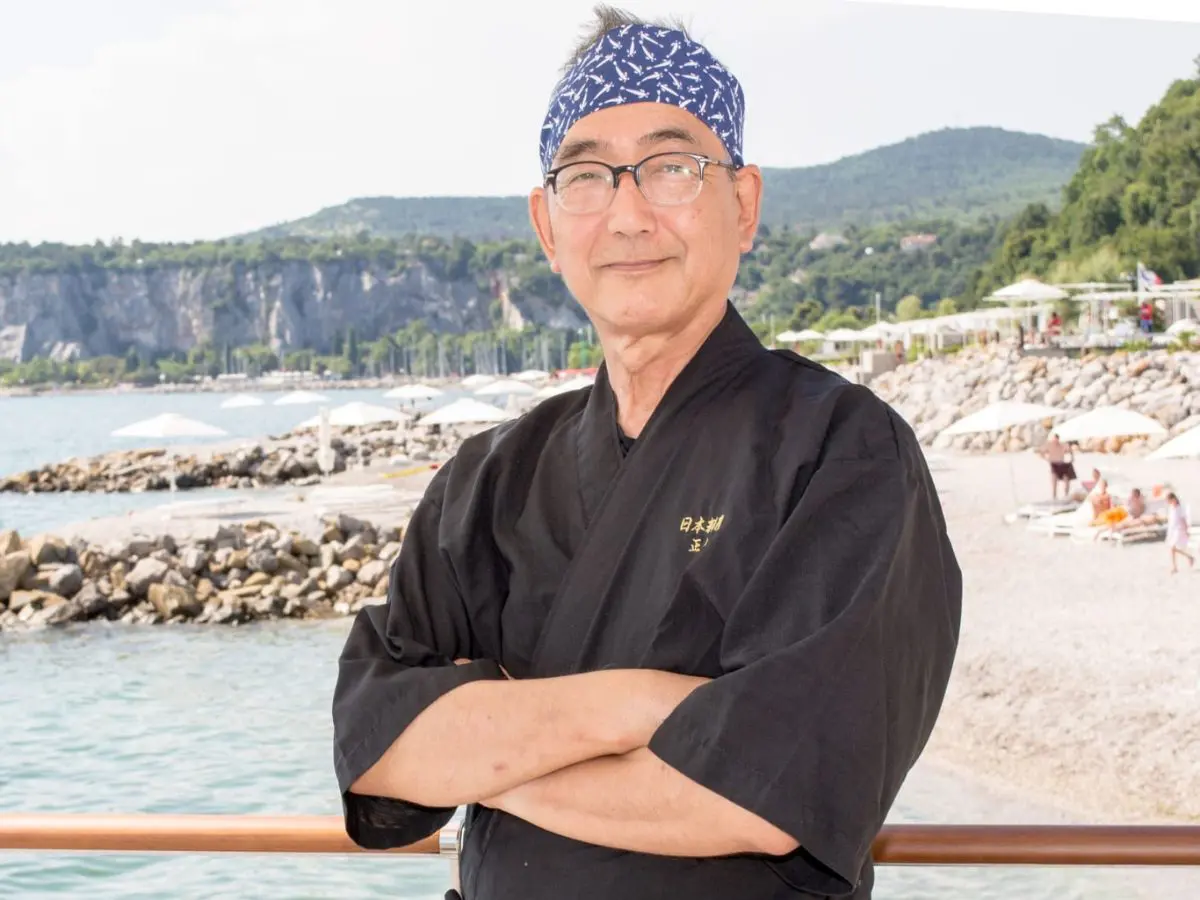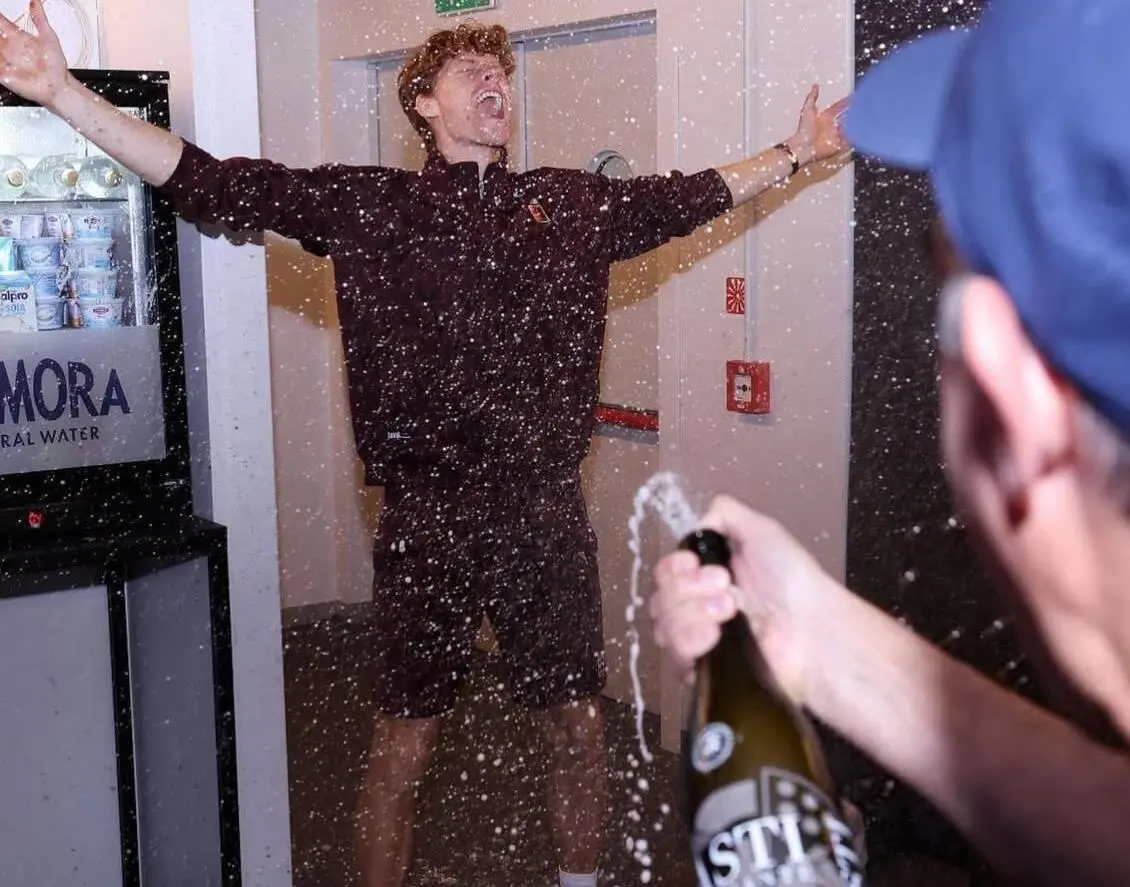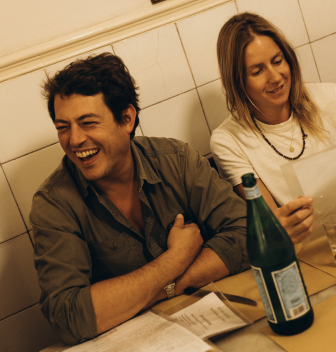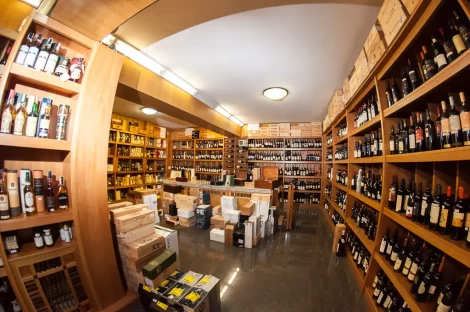"As an economist, there are no constant patterns, what patterns there are are determined by underlying reasons," explains Professor Simone Loose, head of the Institute for Wine and Beverage Business at Hochschule Geisenheim University in Germany and regular collaborator with wine trade fair ProWein.
For Loose, the global wine market's concerns about its direction should not be allayed by claims that it will cycle back to a period of growth in the near future, claims made by a study from the University of Bordeaux and University of Verona which was released earlier this year.
Instead, she sees some of the issues facing wine, notably that of younger people not drinking wine, as indicative of broader demographic shifts.
“In July I saw the real data about consumption volume for different age groups. I must honestly say that I was a bit shocked. There are three different parts to consider: A) how many people there are in each group, B) what is their propensity to buy, their reach, and C) is if they do buy wine, how many litres? It’s less than it used to be," notes Loose. "Germany's demographic is like a tree, not a pyramid – the top grows out, and there are very few coming after."
Loose suggests that a European cultural shift away from drinking wine on a regular basis is not a ‘blip’ at all, but rather the new normal.
“Even if you manage to switch younger consumers to wine, they will drink less per person. In Germany we have a saying about drinking a quarter of wine every evening – this is not going to happen again. Even professionals in the wine industry are telling me they don’t drink in the week as they have to be fit and ready to make important decisions at 8am,” she says.
Reduced consumer spending power, another cause behind falling consumption, is something which Loose also notices in wealthy global wine markets, like Singapore: “Even there, in one of the richest markets globally, we talk about affordability – younger consumers can’t afford what the older ones could. Premium and luxury products have also done well during periods of economic growth and certainty, but if you look globally, there are very few spots where that is going to happen. Premiumisation has reached a glass ceiling, and it will be hard to get through.”
No- and low-alcohol
Perhaps one solution to stem the decline could lie in the emerging de-alcoholised wine category, but Loose is sceptical about whether this is the silver bullet some see it as.
“Technologically, it’s a long way ahead of us,” she notes, citing a disparity between the quality of wine and its de-alcoholised counterparts. “Perhaps we could solve it if there was a yeast that could digest sugars without producing alcohol. Low- and no- is a small segment which will not compensate for the much bigger part that wine is losing.”

© Wolfgang Staudt
“For example,” she continues, “in Germany we have a 30% oversupply of wine – to just get the market back in balance, we would have to get rid of that. And before we have reached that 30%, demand will have shrunk further – we are chasing a moving target, and it’s moving faster than we are.”
Loose suggests that wine’s intrinsic adherence to tradition has resulted in it losing ground to other drinks categories.
“We are still 20 years behind the beer sector, which has been able to produce alcohol-free beer which almost tastes like real beer. For alternative beverages such as sparkling tea, it is easier for them to produce something that tastes good because they are not bound by the cage of wine law, they can innovate to appeal to young people. For wine, it’s so hard to move because you are not allowed to lose the old part.”
“It is difficult for an established brand to innovate without losing its connection with its old consumers,” she adds.
Drawing parallels with the current struggles of Germany’s automotive industry, Loose says: “German car manufacturers find it very hard to come up with new cars – BYD just did it, because they didn’t come from the old way to do it! It’s easier if you are the newbie and not established, because otherwise you’re fighting against your established ideas. If a famous premium winemaker releases a new wine in a can, everyone will say ‘that’s not their brand’.”
By contrast, she notes that the spirits sector has been much more “agile” when it comes to modernising and reaching new consumers.
Going back to its roots
Although Loose notes that wine is resistant to innovation, she suggests that it must find ways to adapt to shifting tastes and a changing consumer base.
“I believe the new tide is for wine to go back to its roots as something cultural to be shared,” she argues. “It comes in a big bottle, you can’t drink it alone.”
Whether this entails a greater emphasis on smaller formats and alternative packaging, or creating 'lighter' and 'fresher' styles that can be consumed in greater quantities, that is up to the producers.


 The former food critic who brought authentic omakase to Udine
The former food critic who brought authentic omakase to Udine Are wine's woes structural or cyclical?
Are wine's woes structural or cyclical? Jannik Sinner toasts ATP victory with Asti, but Italian newspapers call it 'Champagne'
Jannik Sinner toasts ATP victory with Asti, but Italian newspapers call it 'Champagne' Italy defies global wine production drop, OIV data reveals
Italy defies global wine production drop, OIV data reveals The social media star resurrecting Italy's forgotten culinary classics
The social media star resurrecting Italy's forgotten culinary classics






